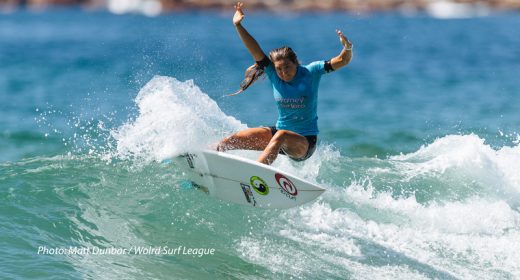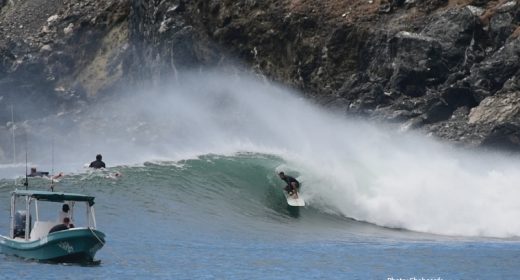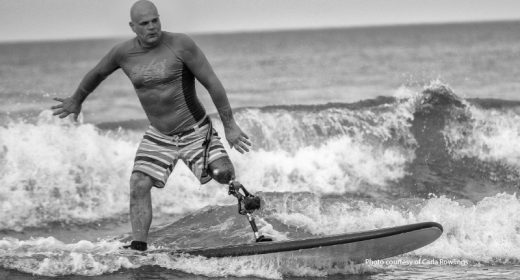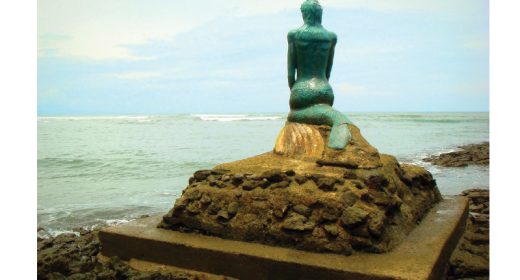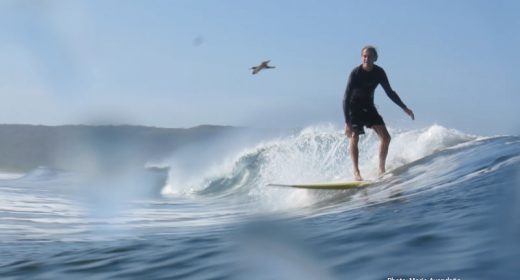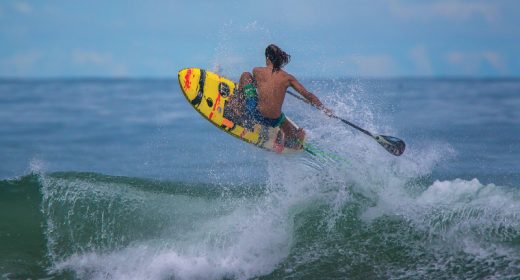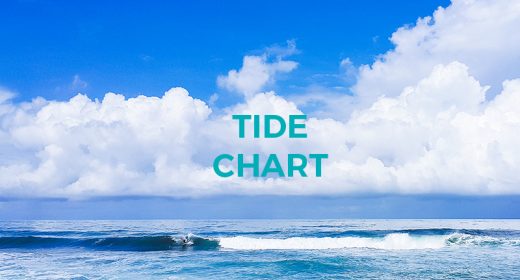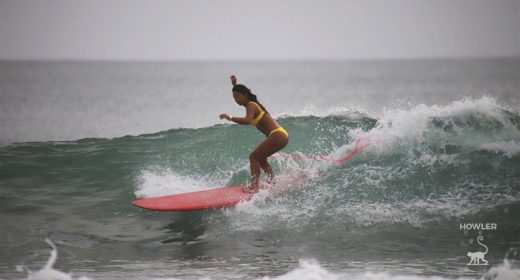
Ocean Rescue Training Aims to Decrease Drownings
- DEC 30, 2019Warning: count(): Parameter must be an array or an object that implements Countable in /home/howlermag/public_html/old/wp-content/themes/new-paper/includes/general.php on line 193

Your Lead Paragrpah goes here
Ocean Rescue Training Aims to Decrease Drownings: Internationally Accredited Lifesaving Clinic with Vamos Youth a Success. Costa Rica has continually been rated as the safest country to visit in Central America. This is one of many reasons why tourism has continued to thrive and grow here. It is also why national fatality statistics cited by the Judicial Investigation Police might seem surprising. In 2018, 129 people — including both locals and tourists — died an untimely death in Costa Rica, slightly more than the annual average of 124 people a year. Curious about one of the leading causes of these violent casualties, second only to vehicle-related accidents? Believe it or not, it’s drowning.
In response to this tragic reality, one woman was inspired to start a Guanacaste-based group dedicated to teaching ocean safety and lifesaving skills. As the founder of Vamos Youth in 2016, Aude Lemaire-Hamel has organized and hosted courses in surf lifesaving, pool lifesaving, first aid, CPR and open water training, as well as swim lessons and other programs.
In November 2019, Aude teamed up with Sean Nickerson to conduct Vamos Youth’s first International Ocean Lifesaver program. Nickerson is the owner of Waterman 5 and a surf lifesaving instructor with two decades of teaching under his belt. He and Aude met in Hawaii several years ago while completing their national lifeguard certification through the Life Saving Society.

Surf instructors from Frijoles Locos and Surf as Life Therapy (SALT) and a few local open water swimmers participated in the three-day clinic. The goal was to teach those involved in surf and water activities skills that could potentially save someone’s life: CPR, AED, choking and circulatory emergency response, general water and surf safety, self-rescue and hazard identification. Of course, participants also learned how to physically rescue both conscious and unconscious victims from the ocean.
The outcome, thanks to Aude and Sean, is that Costa Rica now has nine newly qualified International Ocean Lifesavers. This accreditation program is fully endorsed by the International Lifesaving Federation and through the Lifesaving Society of Canada.
Encouraged by the training clinic’s inaugural success here, Aude now plans to host two more this year, in May and November. She hopes to inspire more surf schools, stand-up paddleboard guides and individuals involved with water sports and activities to complete this potentially lifesaving training.
Aside from increasing the number of lifeguard-supervised beaches, water safety education and lifesaving programs are the most effective way to prevent drownings in Costa Rica.
For information:
Aude Lemaire-Hamel
info@vamosyouthcr.com
Other HOWLER Surf Profiles
Malakai Marinez
Valeria Salustri
Costa Rica Surf Spots
Boca Barranca
Santa Teresa
Playa Negra
Playa Tamarindo
Playa Dominical
Playa Langosta
Ollie’s Point
Playa Avellanas
Pavones
Witch’s Rock
Playa Grande
HOWLER Surf Science
What Makes a Wave Spit?
The Climate is Changing, Will There Be Waves?
Hurricanes in Costa Rica?
The Importance of Swell Angle
What Makes a Good Surf Spot
What Makes a Good Surf Spot 2
Why Do Waves Break?
Cold Water in Costa Rica?
The Science of Stoke
Tamarindo Spot Check
The Papagayo Winds
How Waves Are Created
